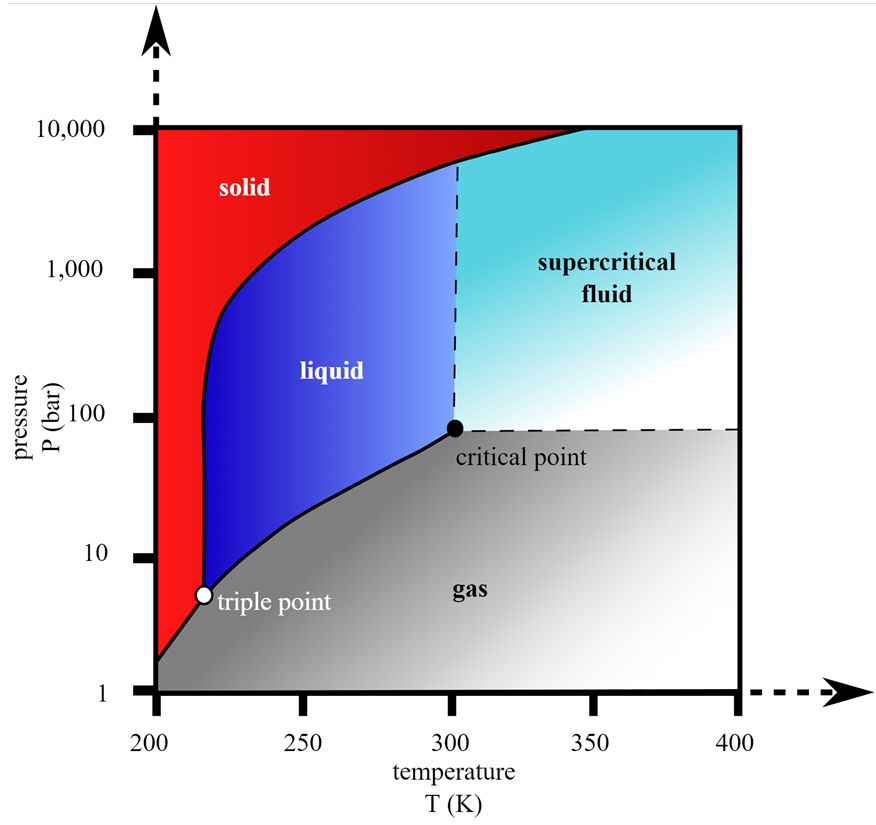AEA Australia’s second annual Ammonia = Hydrogen 2.0 conference took place at the end of August, hosted virtually by Monash University with the support of CSIRO. Alan Finkel, Australia’s Chief Scientist, gave the opening address, “Ammonia — is it a fuel, or is it an energy carrier?” The conference keynote speech was given by Rob Stevens of Yara, entitled “The role of Ammonia in a hydrogen economy.”
Ammonia Energy Conference
AEA Australia Announces 2020 Conference
Pandemic or no pandemic, the Australian chapter of the Ammonia Energy Association (AEA Australia) will hold a second edition of its Ammonia = Hydrogen 2.0 Conference this year. The event will be held on a virtual basis on August 27 and 28 from 1:00 to 5:00 p.m. (Australian Eastern Standard Time) each day. The conference tagline is “Building an energy export industry using Green Ammonia.” Its themes this year will be “green ammonia production — jobs for the regions;” “ammonia as maritime bunker fuel;” and “ammonia certification schemes.” The opening address, entitled “Ammonia — is it a fuel, or is it an energy carrier?” will be given by Alan Finkel, Chief Scientist of the Australian Government.
Technology Advances for Blue Hydrogen and Blue Ammonia
ANNUAL REVIEW 2019: Blue hydrogen – defined as the version of the element whose production involves carbon capture and sequestration (CCS) – represents an alluring prospect for the energy transition. The primary “blue” feedstocks, natural gas and coal, currently set the low-cost benchmarks for storable energy commodities. With the addition of CCS, they are expected to set the low-cost benchmarks for low-carbon storable energy commodities. Blue ammonia is very much included in this frame of reference since CCS could be applied to the CO2 waste stream from the Haber-Bosch process. But neither blue hydrogen nor blue ammonia are sure things; a variety of technical, financial, regulatory, and social issues could stand in the way of their widespread adoption. But work on new technologies that have the potential to ease the way for blue products has come increasingly into view over the last twelve months.


